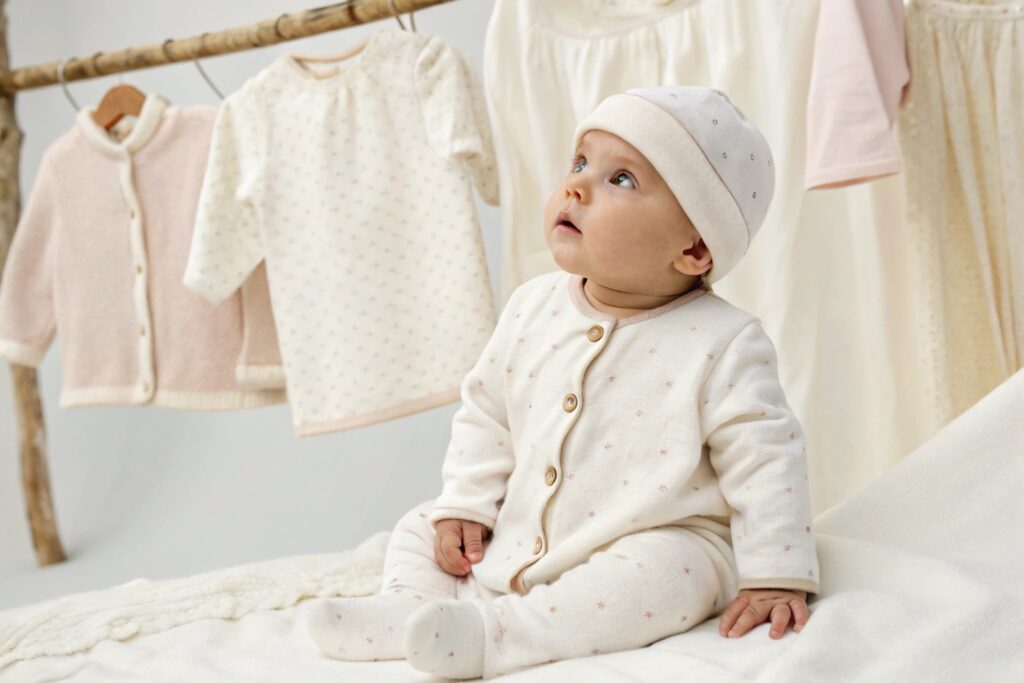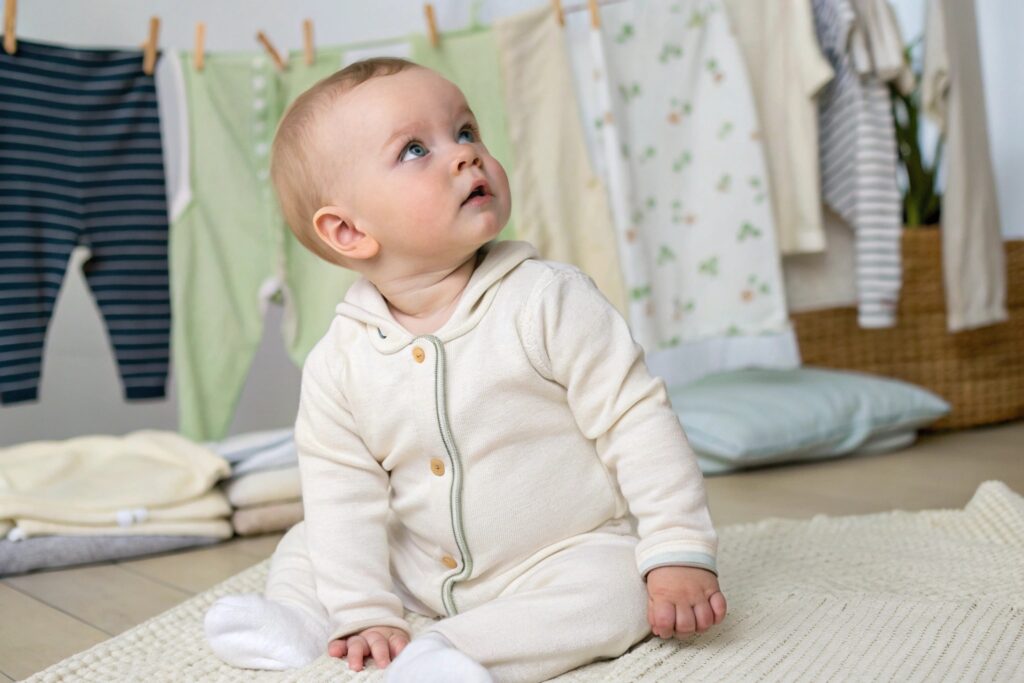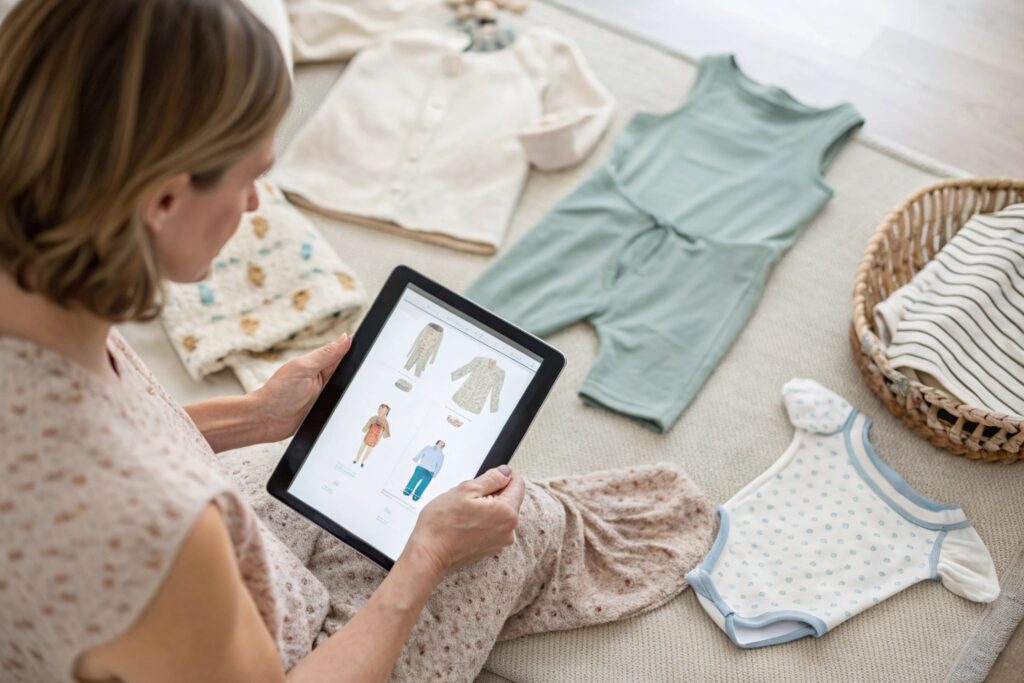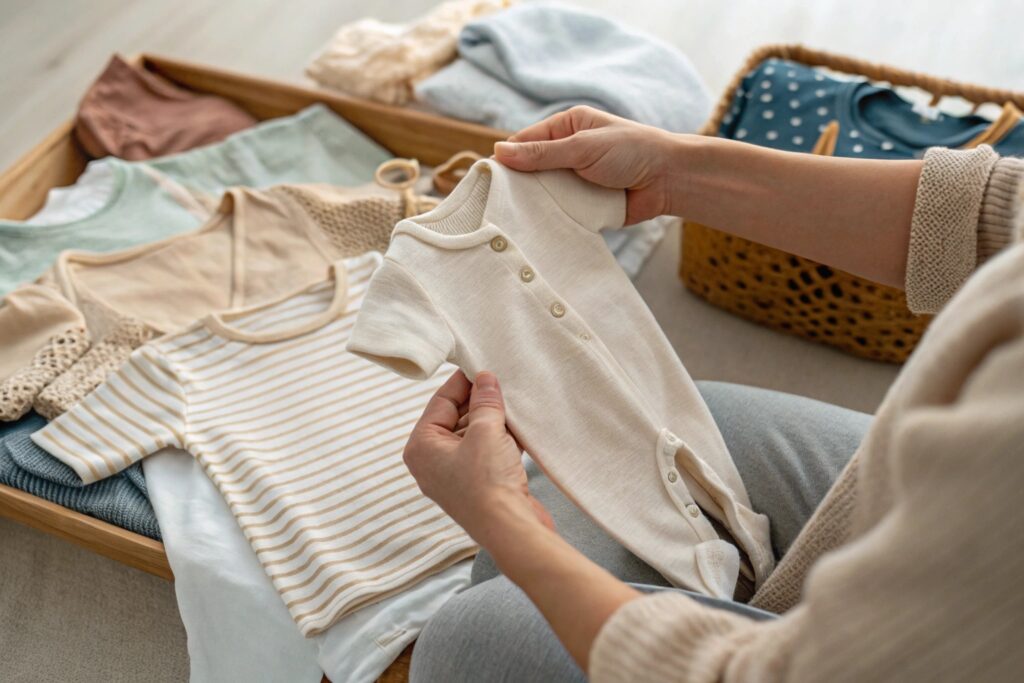Kids grow fast—but that doesn’t mean their clothes should come and go like fast fashion. Today’s parents are looking for better options.
Sustainable kidswear offers an alternative to wasteful fashion by using organic materials, ethical production, and long-lasting design. These options protect the planet while keeping children comfortable and stylish.
Let’s explore the top brands, fabrics, and reasons why more families are embracing eco-friendly kids clothing in 2025.
Top Eco-Friendly Kidswear Brands to Know in 2025?
Many brands are leading the charge with ethical practices, sustainable sourcing, and timeless design.
The best eco-friendly kidswear brands in 2025 include Patagonia Kids, Mini Rodini, Hanna Andersson, Mori, and Frugi—each known for combining sustainability with style.

Top sustainable kidswear brands by category:
| Brand | Sustainable Features | Country |
|---|---|---|
| Patagonia Kids | Recycled materials, repair program, fair trade | USA |
| Mini Rodini | GOTS-certified organic cotton, bold prints | Sweden |
| Mori | Bamboo + organic cotton blends, zero-waste ethos | UK |
| Hanna Andersson | OEKO-TEX certified fabrics, lasting durability | USA |
| Frugi | Organic cotton, recycled packaging, ethical factories | UK |
| Little Green Radicals | Fairtrade-certified, colorful and ethical | UK |
| Jamie Kay | Natural fibers, ethical production, elegant basics | New Zealand |
These brands are popular not just for sustainability—but because their clothing looks and feels good.
What Fabrics Make Children’s Clothing Truly Sustainable?
The fabric is where sustainability begins. Not all cotton is created equal—and not all “eco” tags mean what they claim.
Truly sustainable kidswear uses organic cotton, bamboo, TENCEL™, and recycled fibers. These materials reduce water usage, avoid toxins, and offer long-lasting softness.

Best sustainable fabrics for kids:
| Fabric Type | Benefits | Watch-Outs |
|---|---|---|
| Organic Cotton | Grown without pesticides, soft on skin | Slightly more expensive |
| Bamboo Viscose | Hypoallergenic, breathable, grows fast | Needs eco-conscious processing |
| TENCEL™ Lyocell | Made from wood pulp, biodegradable, strong | Costlier but premium feel |
| Recycled Cotton | Keeps old garments out of landfills | Best for outerwear or blend use |
| Recycled Polyester | Turns plastic into clothing | Best used in jackets or accessories |
Always look for GOTS, OEKO-TEX, or Fair Trade Certified labels to confirm authenticity.
What makes a fabric unsustainable?
- Heavy use of synthetic dyes
- Water-intensive production (conventional cotton)
- Petroleum-based synthetics (polyester, acrylic)
- Non-recyclable blends that degrade quickly
The right fabric choice ensures comfort for your child and future generations.
Where to Shop Organic and Ethical Clothes for Kids?
With demand rising, sustainable kidswear is now easier to find—both online and in select retail shops.
Parents can shop organic, ethical kids clothing from eco-focused platforms, brand websites, and curated marketplaces that prioritize transparency and fair trade.

Best places to buy sustainable kidswear in 2025:
| Retailer / Platform | Strengths |
|---|---|
| The Tot | Curated sustainable kidswear & baby brands |
| Maisonette | Eco-friendly collections + global shipping |
| EarthHero | All items vetted for sustainability |
| Etsy (select sellers) | Small-batch, handmade, often organic |
| Noble Carriage | Organic babywear, slow fashion |
| Brand Direct (Mini Rodini, Mori, Frugi) | Full collections and certifications |
Some also offer secondhand or resale programs, such as:
- Patagonia Worn Wear
- Hanna-Me-Downs (Hanna Andersson)
- ThredUP Kids and Kidizen
These platforms let you extend the life cycle of babywear—making your purchase even more sustainable.
Why Parents Are Switching to Slow Fashion for Children?
Fast fashion isn’t built for growing bodies—or for growing environmental concerns. Parents want better for their children.
Modern parents are turning to slow fashion for its durability, safety, and alignment with eco-conscious values. It’s about buying less, choosing well, and making it last.

What’s driving this shift?
- Health awareness: Avoiding skin irritation from harsh chemicals
- Environmental impact: Reducing textile waste and carbon emissions
- Longevity: Clothes that last through multiple children or resell easily
- Education: Parents teaching kids to value quality over quantity
- Community support: Supporting ethical, small-scale brands
| Fast Fashion | Slow Fashion |
|---|---|
| Cheap, trend-based | Timeless, functional designs |
| Mass-produced at scale | Small-batch or handmade |
| Low quality, short lifespan | Designed to last and be reused |
| Poor labor transparency | Fair wages and ethical sourcing |
Slow fashion isn’t about spending more—it’s about spending smarter.
Conclusion
Sustainable kids clothing isn’t a luxury—it’s the future. By choosing organic fabrics, ethical brands, and slow fashion practices, parents are making mindful choices for both their children and the planet. With more eco-friendly options available than ever, it’s never been easier to dress your little ones with love and responsibility.










